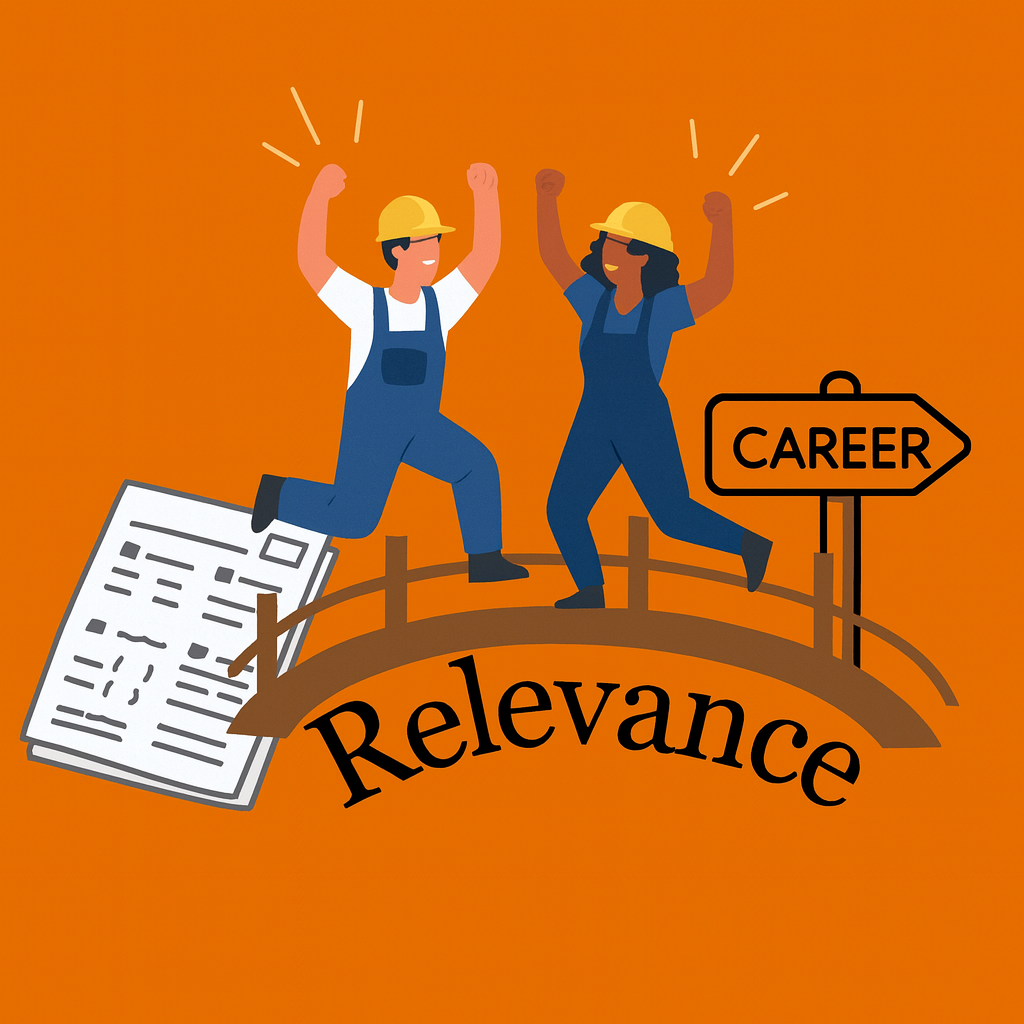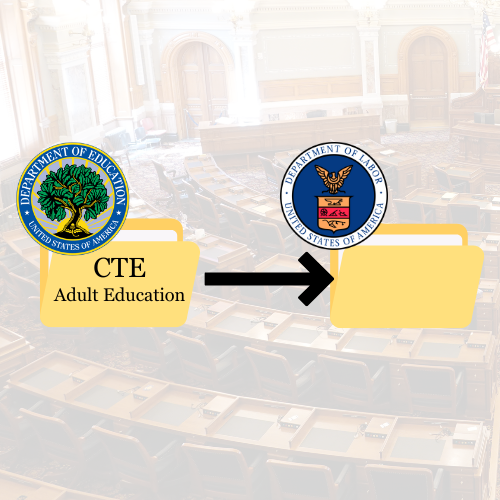STEM Educator Initiative Blog
Blog Categories
Practical Strategies and Insights from Highly Effective Educators
Learn what’s working in today's classrooms from highly effective STEM educators. These posts offer practical, effective strategies that others can apply right away to support student learning and improve their outcomes.
In Their Words: Student Reflections On What Matters Most
Students and recent graduates share honest, heartfelt stories about the teachers, moments, and environments that shaped their learning. Their voices highlight what truly makes or has made a difference in their learning and academic growth, one experience at a time.
CTE Leadership: Tough Issues and Answers From the Field
Experts from the field confront difficult truths faced by today's CTE educators as they navigate the shared complex challenges. These reflections tackle the tough topics with honesty, clarity, and practical advice.
Beyond the STEM/CTE Classroom: Access, Policy, and Mindset
Dives into the underlying systems, beliefs, and structures that shape educational decisions. This gives us space to explore broader themes that influence long held educational assumptions and impact student outcomes.
Workforce Voices : What Today's Employers Want You to Know (Coming soon!)
Business and industry professionals share what they’re seeing in today's workforce related to STEM skills shortages, human-centric competencies, and the challenging transition between school and career entry for students. What does it mean to be "job ready" and how has that phrase changed over time? How can educators better collaborate to ensure students, businesses, and communities thrive? Effective programs and practices are shared.

CTE Classroom Management: Why Procedure Isn’t the Whole Story

My Architecture of Impact: What 6 Years in the Classroom Taught Me

From Chaos to Community: Aligning Dr. King’s Vision with the NEIR Model

From Check-In to Check-Out: A Classroom Routine that Works

Student Safety First: Best Practices for Using Online Collaboration Tools in CTE Programs, Including the PA CTE Community Network

Using Relevance to Connect Keystone Content to Real STEM Careers

Federal Legislation Creates Interagency Realignment for CTE & Adult Education

Staying Focused on Student Academic Outcomes: Setting A Bold New Direction

What Students Are Telling Us: The Power of Effective Learning Environments

The Principal Exodus: One District's Secret to Keeping Leaders

The Impact of Administrative Turnover in CTC Programs

The Power of Observation: Igniting Learning Through Curiosity and Empowerment

Beyond the Scalpel: The Power of Reflection in the Pig Dissection Lab

From Molecules to Meaning: Eight Takeaways from the STEM Classroom this Week

Breaking the Mold: Transformative PD Opportunities for Today’s Educators
Breaking the mold: Like a single bold chess piece, transformative professional development stands out—designed to lead, not follow.

Empowering Students through Positive Reinforcement

Educators: Making Science Feel Like Discovery, Not Difficulty"

From Classroom to Career: Helping Students See the Future in STEM

The STEM Educator Initiative






